当前位置:
X-MOL 学术
›
Adv. Sust. Syst.
›
论文详情
Our official English website, www.x-mol.net, welcomes your
feedback! (Note: you will need to create a separate account there.)
Insights into Boosting Photoelectrochemical Performance Over Cu3(BTC)2 Passivated Cu2O Nanorod Arrays
Advanced Sustainable Systems ( IF 6.5 ) Pub Date : 2022-08-03 , DOI: 10.1002/adsu.202200272 Meng Ye 1 , Xi Wu 1 , Chuanhao Li 1 , Bo Song 2 , Xinzhou Ma 3 , Shengwei Liu 1
Advanced Sustainable Systems ( IF 6.5 ) Pub Date : 2022-08-03 , DOI: 10.1002/adsu.202200272 Meng Ye 1 , Xi Wu 1 , Chuanhao Li 1 , Bo Song 2 , Xinzhou Ma 3 , Shengwei Liu 1
Affiliation
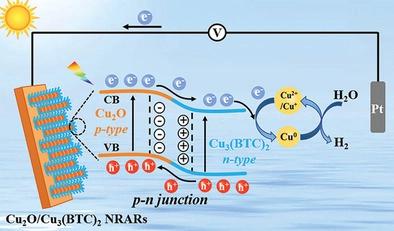
|
Earth-abundant Cu2O is a promising photocathode material for photoelectrochemical (PEC) water splitting. However, the serious photocorrosion and low efficiency retard its practical applications. Herein, a porous Cu-based metal–organic framework material, Cu3(BTC)2, as surface passivation layer is grown on Cu2O nanorod arrays (NRARs) photocathode by in situ surface/interfacial growth. Compared to conventional Cu2O photocathodes, the optimized Cu2O/Cu3(BTC)2 NRARs exhibit two times higher photocurrent density, ≈2.73 mA cm−2 at 0 VRHE under visible light irradiation, and the maximum incident photon to converted electron (IPCE) performance reaches 45% (450 nm). It is demonstrated that the Cu3(BTC)2 layer synergistically passivates interfacial defects, forms p–n junctions at the Cu2O/Cu3(BTC)2 interface, and introduces active sites catalyzing the hydrogen evolution reaction (HER), improving charge separation, transfer, and utilization efficiency. Moreover, the oxidative Cu2O photocorrosion is inhibited owing to the accelerated charge dynamics at the Cu2O/Cu3(BTC)2 interface and the hole-scavenging ability of Cu3(BTC)2, meanwhile, reductive Cu2O photocorrosion at Cu2O/Cu3(BTC)2 is also attenuated by catalyzing the water reduction reaction that competes for photoelectrons and sustaining balanced “Cu2+(Cu+)/Cu0” cycles.
中文翻译:

在 Cu3(BTC)2 钝化的 Cu2O 纳米棒阵列上提高光电化学性能的见解
地球上丰富的Cu 2 O 是一种很有前途的用于光电化学(PEC)水分解的光电阴极材料。然而,严重的光腐蚀和低效率阻碍了其实际应用。在此,通过原位表面/界面生长在Cu 2 O纳米棒阵列(NRARs)光电阴极上生长多孔Cu基金属有机骨架材料Cu 3 (BTC) 2作为表面钝化层。与传统的 Cu 2 O 光电阴极相比,优化的 Cu 2 O/Cu 3 (BTC) 2 NRAR 表现出两倍高的光电流密度,在 0 V RHE下约为 2.73 mA cm -2在可见光照射下,最大入射光子转换电子(IPCE)性能达到45%(450 nm)。结果表明,Cu 3 (BTC) 2层协同钝化界面缺陷,在 Cu 2 O/Cu 3 (BTC) 2界面形成 p-n 结,并引入催化析氢反应 (HER) 的活性位点,提高电荷分离、转移和利用效率。此外,Cu 2 O/Cu 3 (BTC) 2界面处的加速电荷动力学和 Cu 3 的空穴清除能力抑制了氧化性 Cu 2 O 光腐蚀。(BTC) 2同时, Cu 2 O/Cu 3 (BTC) 2的还原性 Cu 2 O 光腐蚀也通过催化竞争光电子的水还原反应和维持平衡的“Cu 2+ (Cu + )/Cu 0 ”而减弱。 ” 循环。
更新日期:2022-08-03
中文翻译:

在 Cu3(BTC)2 钝化的 Cu2O 纳米棒阵列上提高光电化学性能的见解
地球上丰富的Cu 2 O 是一种很有前途的用于光电化学(PEC)水分解的光电阴极材料。然而,严重的光腐蚀和低效率阻碍了其实际应用。在此,通过原位表面/界面生长在Cu 2 O纳米棒阵列(NRARs)光电阴极上生长多孔Cu基金属有机骨架材料Cu 3 (BTC) 2作为表面钝化层。与传统的 Cu 2 O 光电阴极相比,优化的 Cu 2 O/Cu 3 (BTC) 2 NRAR 表现出两倍高的光电流密度,在 0 V RHE下约为 2.73 mA cm -2在可见光照射下,最大入射光子转换电子(IPCE)性能达到45%(450 nm)。结果表明,Cu 3 (BTC) 2层协同钝化界面缺陷,在 Cu 2 O/Cu 3 (BTC) 2界面形成 p-n 结,并引入催化析氢反应 (HER) 的活性位点,提高电荷分离、转移和利用效率。此外,Cu 2 O/Cu 3 (BTC) 2界面处的加速电荷动力学和 Cu 3 的空穴清除能力抑制了氧化性 Cu 2 O 光腐蚀。(BTC) 2同时, Cu 2 O/Cu 3 (BTC) 2的还原性 Cu 2 O 光腐蚀也通过催化竞争光电子的水还原反应和维持平衡的“Cu 2+ (Cu + )/Cu 0 ”而减弱。 ” 循环。

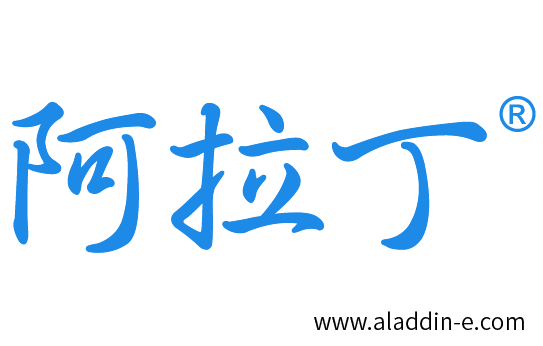
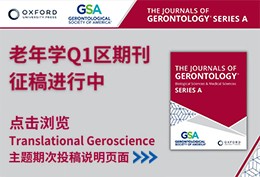
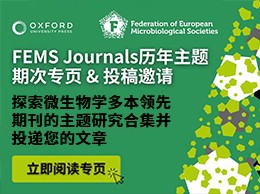
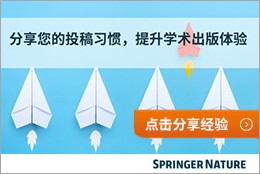




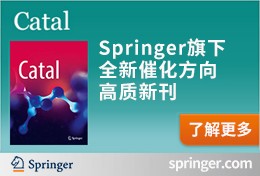
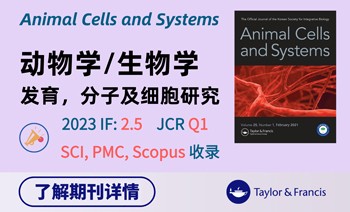










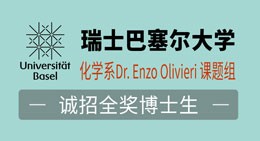
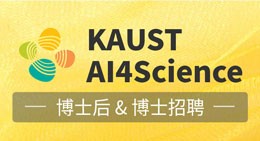
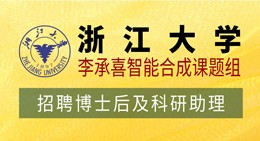


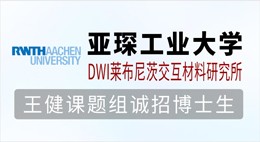
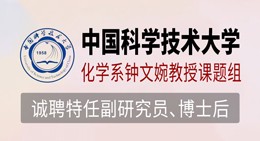

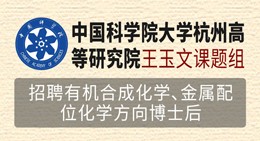



 京公网安备 11010802027423号
京公网安备 11010802027423号